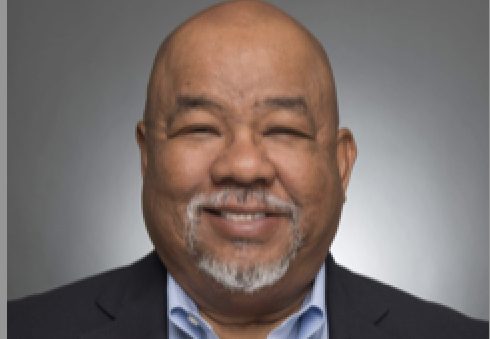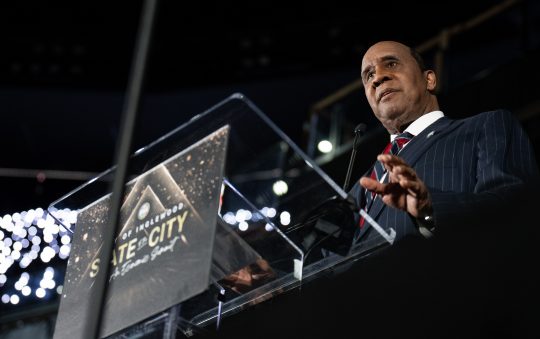
Toyota demonstrated their commitment to reach minority consumers, winning 10 out of 20 top honors during the Diversity Volume Leadership (DVL) Awards in Detroit, Mich., a few days before the North American International Auto Show opened to the public.
The awards were determined based on new vehicle registration data collected from October 2014 through September 2015 by IHS Automotive, a research group that provides insight into the global auto industry.
The National Association of Minority Automobile Dealers (NAMAD), a non-profit group that advocates for diversity in the auto industry and IHS Automotive presented the awards.
“We wanted to recognize, celebrate and educate the fastest growing group of new vehicle consumers in the automotive industry which happens to be the diverse consumers, African Americans, Asian Americans, Hispanics, Native Americans and women,” said Marc Bland, the vice president of diversity and inclusion for IHS Automotive.
Toyota won DVL awards for sales in the New England region (RAV4), the Plains region (RAV4) and the Southeast region (Corolla) as well.
The Japanese automaker also collected awards for Top Ethnic Vehicle for African Americans and Asian Americans for the Camry and the Top Ethnic Vehicle in the Hispanic market for the Corolla. Lexus, Toyota’s luxury brand, won the award for the Top Luxury Vehicle for women for their sports utility vehicle (RX). Lexus also won the Top Luxury Vehicle for Hispanics for the IS coupe.
The Toyota Corolla drove home with the crown for Top Ethnic Vehicle.

Alva Adams-Mason, the director of African American Business Strategy and Corporate Communications of Toyota North America, said that even though Toyota has worked hard for decades to establish relationships in minority communities, the team was still surprised by how much those communities have supported the automaker.
Adams-Mason said that it was important for the Toyota team to attend the first annual Diversity Volume Leadership Awards to see the progress of the company’s efforts.
General Motors and Honda each one four DVL awards. Mercedes Benz won an award for the Top Luxury Vehicle for African Americans (C-class). The Ford Motor Company didn’t win a single award.
Damon Lester, the president of NAMAD, said that the automakers that won awards pursued and continue to pursue diversity as a business imperative at all levels.
“The winners are paying close attention to the ethnic marketplace,” said Lester.
Bland said that while the general consumer market grew 5 percent, the ethnic consumer market grew 11 percent. That means that the record number of cars sold last year would have been even higher if the general consumer market had grown at the same rate as the ethnic consumer market.
“We’re dealing with facts, that means that everybody has the opportunity to get there,” said Bland. “If you sell the most, you get an award.”
Bland continued: “What we proved, and will continue to prove, is that diversity and a focus on ethnic consumers and women is not a play of ‘Oh, that’s nice,’ or a pat on the back. It’s about growing your bottom-line business. These are the new trendsetters, these are the new volume breakers.”

Perry Watson, the chairman of NAMAD, said that each trophy represents millions of dollars in sales and market share.
“Minorities are changing the course of events in the automotive industry,” said Watson. “Diversity is not only playing a central role now, but will continue to do so for years to come.”
While acknowledging the impact that minority consumers have on the auto industry, Watson lamented the lack of diversity among owners at the dealership level. Watson said that of the 18,000 new car dealerships in the United States, only about 1,100 are owned by ethnic minorities.
The DVL awards ceremony was the first of many initiatives to empower and inform ethnic minority consumers about, “who’s helping and who’s not,” Watson said.
“The battle is far from over, but progress does exist,” said Watson. “It’s not fair that we take our money and we patronize and we make these companies powerful and we don’t share in [the prosperity] at the dealerships or in advertising.”
Lester agreed, adding that automakers can increase their multicultural diversity by establishing relationships with minority-owned advertising agencies and media companies.
“Right now, a lot of manufacturers are going to this general market approach, one-size fits all, but if they want to capture the diverse marketplace and gain market share, they’re going to have to encompass all levels,” said Lester. “[Minorities] are going to have to appear in more commercials and more print ads. More than what we see currently.”






